The rise of developers like Alibaba, Z.ai, Moonshot and MiniMax shows that China is gaining a competitive advantage by offering “open” language models at a much lower cost than its US rivals.
This trend also reflects the fact that, despite the US applying advanced chip export controls to restrict China, Chinese technology companies are still growing strongly and reaching deep into the global AI ecosystem.
In October, Airbnb CEO Brian Chesky said the company chose Alibaba’s Qwen over OpenAI’s ChatGPT because it was “fast and cheap.” Around the same time, Social Capital CEO Chamath Palihapitiya revealed his company switched to Moonshot’s Kimi K2 because it was “much better performing and significantly cheaper” than OpenAI or Anthropic’s models.
.png)
On social media, many programmers also pointed out that two popular American programming assistants - Composer and Windsurf - were actually built on the Chinese model. Although the companies that developed the tools have not confirmed this, Z.ai said the finding is "consistent with internal data".
“China’s open models have become the de facto standard in the US tech startup world,” said Nathan Lambert, a machine learning researcher and founder of Project Atom in the US. He added that many highly valued US startups are quietly training or deploying models like Qwen, Kimi, GLM and DeepSeek, but avoid making this public.
According to the OpenRouter platform, seven of the top 20 most used AI models last week were developed in China, with four of them in the top 10 most popular programming tools. Data from Hugging Face also shows that the total number of downloads of Chinese open models exceeded 540 million as of October.
Experts say the Chinese model is particularly attractive to startups because of its low costs. “These early-stage companies are more concerned with cost than brand, and many of them may not survive,” said Rui Ma, founder of Tech Buzz China.
Unlike ChatGPT or Claude, Chinese models are often open source, with training weights made public, allowing the community to tweak and deploy them themselves. However, large-scale operations still require significant computing power, and Chinese developers are providing that service at a much cheaper price.
Companies like Z.ai (Beijing) and DeepSeek (Hangzhou) say they mostly use older-generation chips that are not on the US export control list, thereby significantly reducing the costs of hardware and model training.
Professor Toby Walsh (University of New South Wales) commented: “The success of Chinese AI models proves the failure of US export control policies. Those restrictions only make Chinese companies more innovative, optimizing more compact and efficient models.”
According to a report by AllianceBernstein, the price of using the DeepSeek model is up to 40 times cheaper than OpenAI.
Professor Greg Slabaugh (Queen Mary University of London) believes that the West has underestimated China's AI progress: "The emergence of open models only makes their technological prowess more accessible globally."
Some analysts compare China's AI strategy to how it once dominated the solar panel market – churning out cheap products that saturated the world.
However, experts say US companies still have an advantage in the high-end segment and areas subject to close supervision, such as defense or data infrastructure.
Source: https://congluan.vn/mo-hinh-ai-trung-quoc-bung-no-o-thung-lung-silicon-10317666.html







![[Photo] Deep sea sand deposits, ancient wooden ship An Bang faces the risk of being buried again](https://vphoto.vietnam.vn/thumb/1200x675/vietnam/resource/IMAGE/2025/11/13/1763033175715_ndo_br_thuyen-1-jpg.webp)









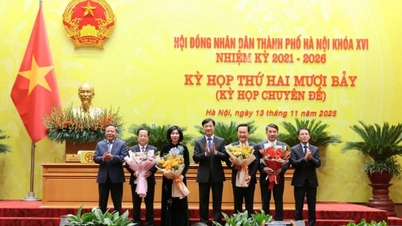




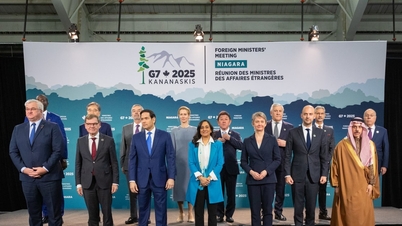









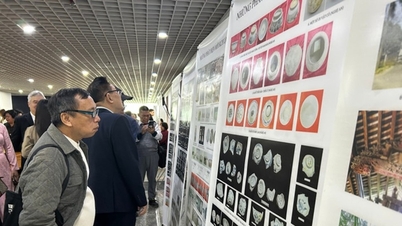



































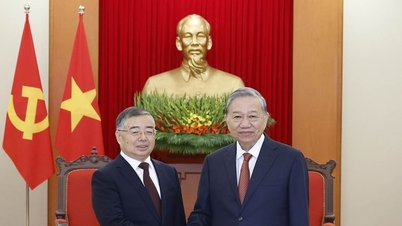
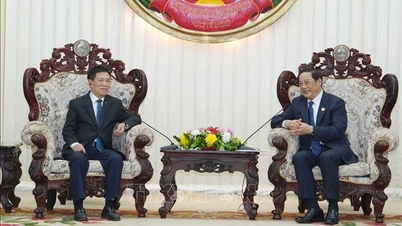








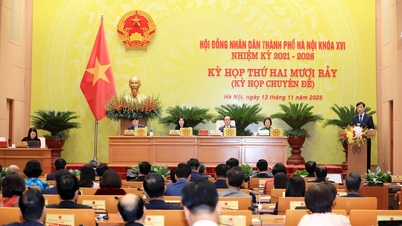



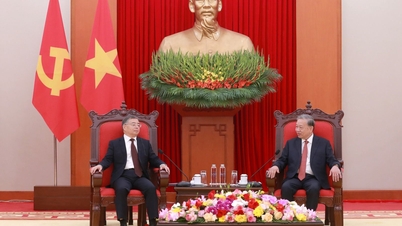







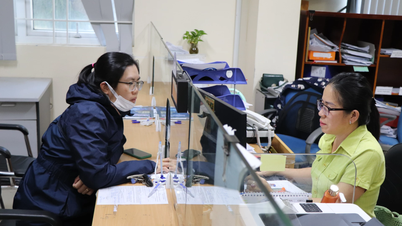





![Dong Nai OCOP transition: [Article 3] Linking tourism with OCOP product consumption](https://vphoto.vietnam.vn/thumb/402x226/vietnam/resource/IMAGE/2025/11/10/1762739199309_1324-2740-7_n-162543_981.jpeg)







Comment (0)